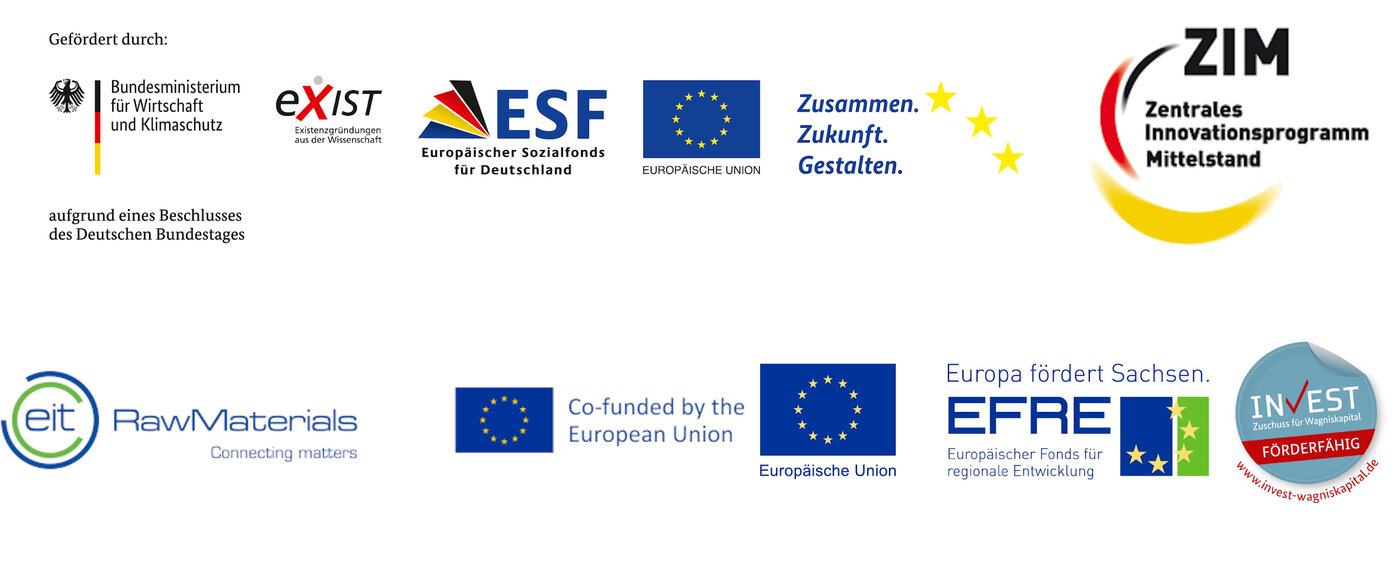What are aluminium matrix composites (AMCs)?
AMCs are reinforced aluminium alloys. Fibres, whiskers, and particles in various shapes and dimensions can be used as reinforcements. We work on the production of particle-reinforced aluminium alloys. While most particles are ceramics, they can also be metallic in nature. We concentrate on aluminium alloys reinforced with silicon carbide (SiC) as this is where we see the most need in industry.
Why AMCs? What can you do with them?
Aluminium alloys are the material of choice when it comes to lightweight construction. In recent years, high-strength alloys have been developed for a wide range of applications. However, a major disadvantage of existing Al alloys is their susceptibility to wear and in particular to abrasive wear. This can be mitigated by reinforcing them with ceramic particles. Composite materials combine the properties of their components to create a completely new profile that cannot be achieved with monolithic (unreinforced) materials.
Where are AMCs used?
Current areas of application are brake systems for ICEs and cranes as well as defence applications. However, even in these fields, AMCs are considered a niche product.
What can AMCs be used for?
We see great application potential in both the short- and medium-term, especially in assemblies exposed to wear and tear which, in order to meet energy and climate targets, must now be converted to lightweight, wear-free, and corrosion-free/low-corrosion materials. These are, for example, brake systems of all kinds (commercial vehicles, rail transport, car sharing, autonomous driving systems, ...) and various machine parts. With these systems, it is important to minimise not only the weight (as low weight means low energy consumption) but also the maintenance times. The latter makes it possible to maximise the service life of such systems. In short: new systems need new materials. This is where our AMC materials come into play, as they can go beyond the application limits of established aluminium alloys.
Why are AMCs not yet widely used?
Due to the complex production of these materials, their use has not yet become widespread. Currently, AMCs are produced in time-consuming batch processes (stir casting, sintering processes). This means that they can only economically be used in niche applications. Moreover, there are hardly any suppliers of these materials in Europe. However, in these times of supply chain localisation, there is less willingness to source mission-critical materials from overseas.
What makes up the "CMMC process"?
We produce AMC bar stock in a continuous process, which allows us to provide a more cost-effective production. We offer our materials from Europe, for Europe. Our suppliers are all located in Germany and Europe, eliminating long sea routes completely. Instead of just providing a standard material, we make it possible to develop materials to match customer specifications. We are turning AMCs from a niche product into a material with myriad applications.
What technologies underlie the "CMMC process"?
Low-pressure casting process: To transport the aluminium melt into the process chamber (where the actual production of the AMC takes place), we use the "counter gravity process". In this process, the melt is extracted from below the surface by means of underpressure. As the aluminium melt is highly oxidising and these oxides impede the mixing and wetting of the reinforcing component, the melt must be extracted in this fashion to prevent the introduction of a closed surface oxide film. The actual process then takes place in a vacuum chamber to further minimise the inevitable oxidation of the aluminium melt as much as possible. The feeding of the particles as well as the mixing, wetting and homogenisation thereof are preformed via innovative processes for which a patent application has been filed.
Can samples be ordered from you?
We would be happy to provide you with samples depending on our stock. Please contact us.
How much does your material cost?
The price depends on individual factors such as base alloy, reinforcement content, and order size. We will be happy to provide you with an individualised offer.

